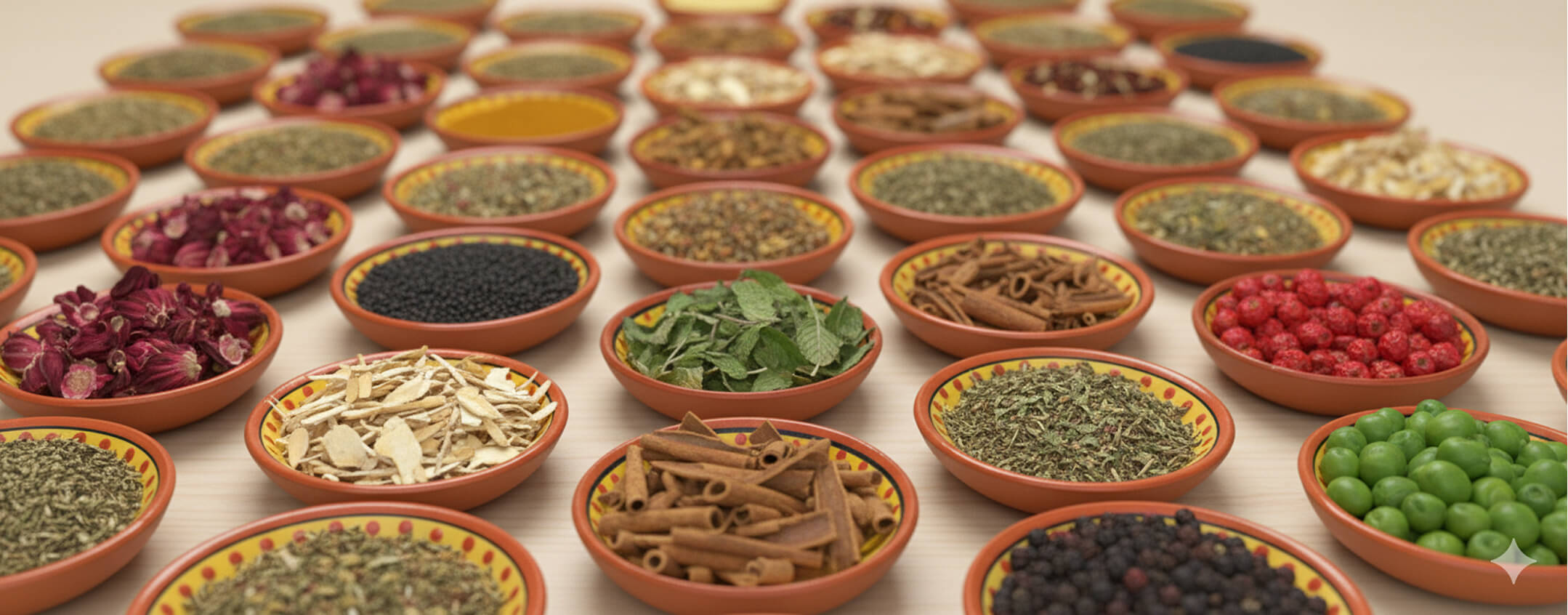Cinnamon
Cinnamomum verum

Herbs

Cinnamon
- Warming Digestive
- Circulatory Support
- Bark
- Sweet
- Acrid
- Warm Aromatic
- Warming
- Dispersing
- Warms the center and channels
- Supports healthy circulation
- Soothes occasional digestive discomfort
- Aids healthy blood sugar balance
- Comforting aromatic
Cinnamon (Cinnamomum verum), one of the world’s most beloved spices, has been used for thousands of years as both a culinary ingredient and a medicinal herb. Beyond its sweet and warming flavor, it is valued in Traditional Chinese Medicine and Ayurveda for its ability to stimulate circulation, support digestion, and kindle the body’s inner warmth.
Digestive Support: Cinnamon is traditionally used to warm the stomach and ease occasional digestive discomfort. It helps reduce bloating, gas, and sluggish digestion, while stimulating the appetite and improving nutrient absorption.
Circulatory Health: This aromatic bark promotes healthy blood flow and helps disperse cold from the body. By invigorating circulation, Cinnamon contributes to overall warmth, comfort, and balanced cardiovascular function.
Blood Sugar Balance: Modern research suggests that Cinnamon may help support healthy blood sugar metabolism. It has been studied for its ability to improve insulin sensitivity and contribute to more stable energy levels throughout the day.
Immune and Respiratory Support: Cinnamon’s warming and aromatic properties make it a natural ally during cold weather. It supports the body’s defenses, clears dampness, and comforts the lungs during seasonal shifts.
Traditional Insight: In Traditional Chinese Medicine, Cinnamon bark (Rou Gui) is classified as a hot, yang tonic that enters the heart, kidney, liver, and spleen channels. In Ayurveda, it is considered heating and balancing for Kapha and Vata doshas, while used in moderation for Pitta.
Cinnamon is commonly consumed as a spice in foods, teas, and tonics, or taken in capsules and extracts for more concentrated effects. Its ability to warm, invigorate, and harmonize body systems has made it a staple herb in both everyday kitchens and traditional apothecaries alike.

